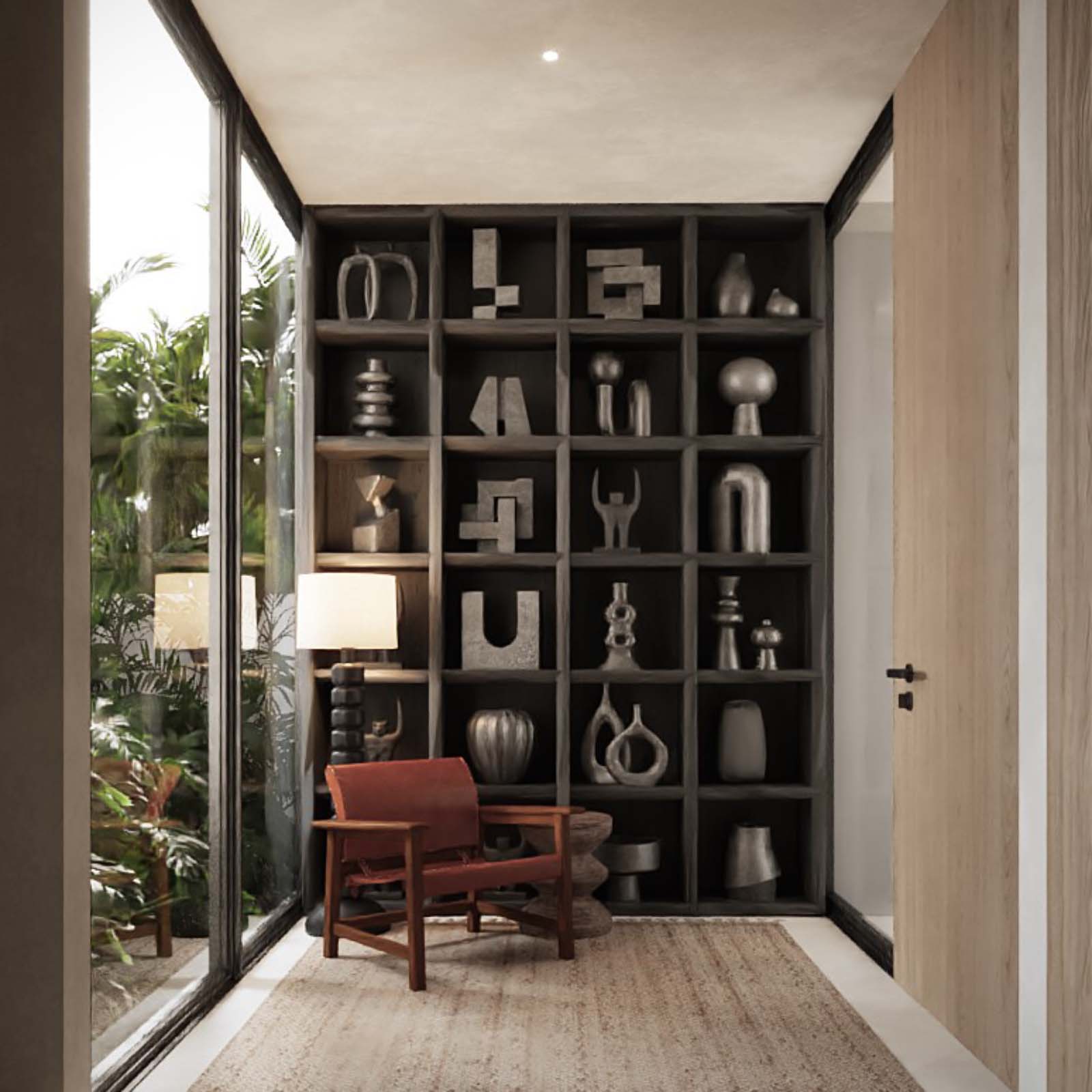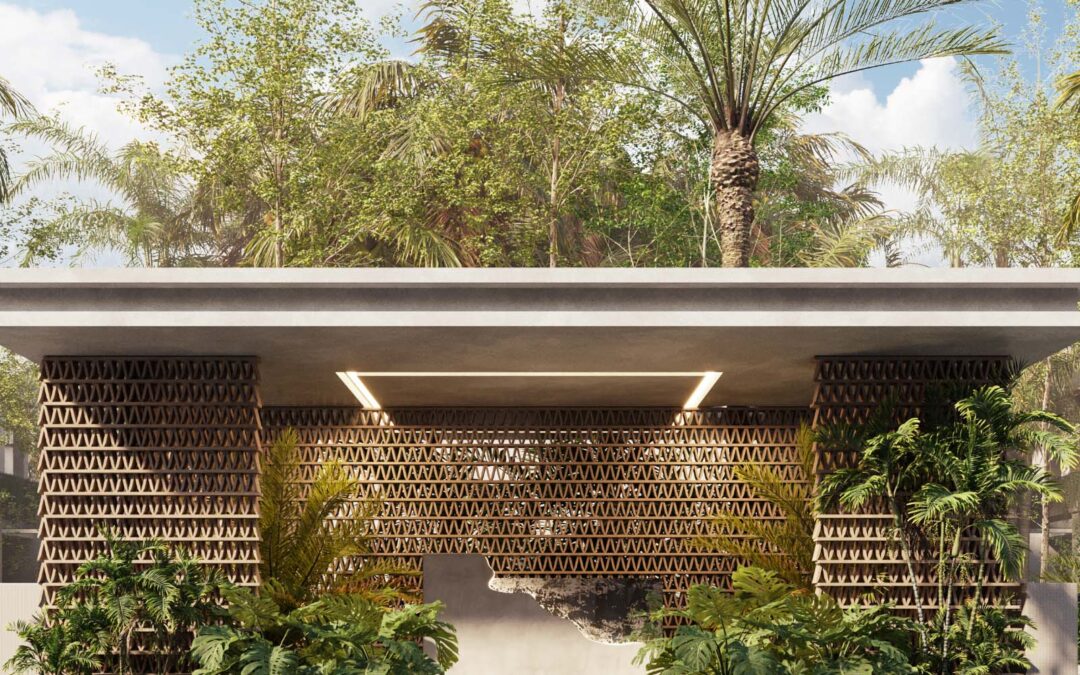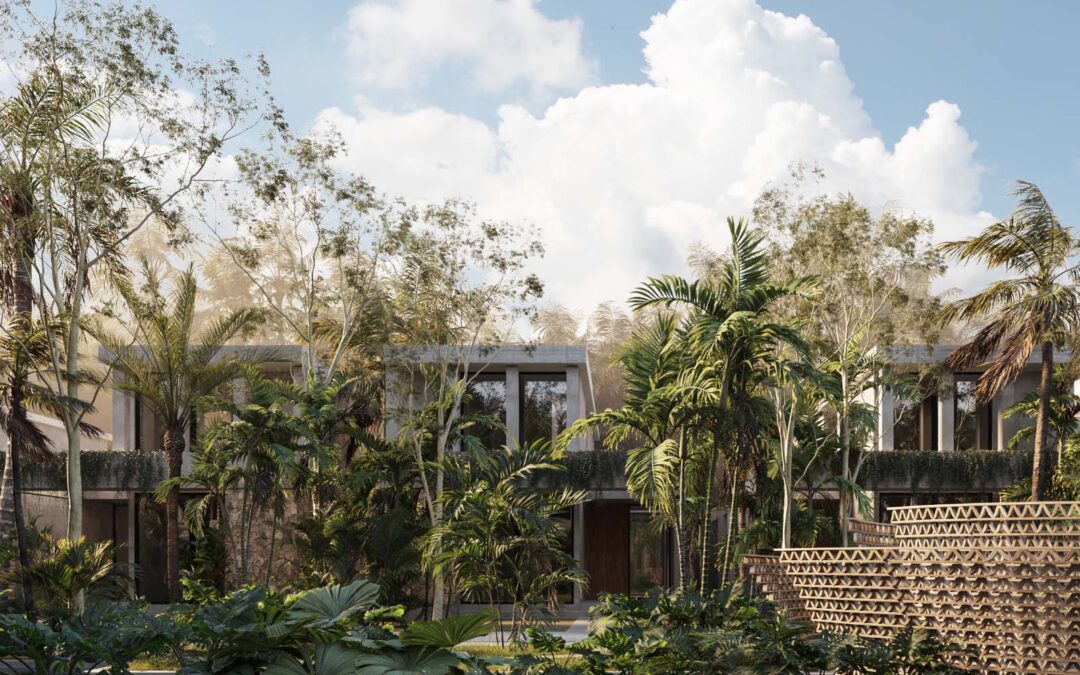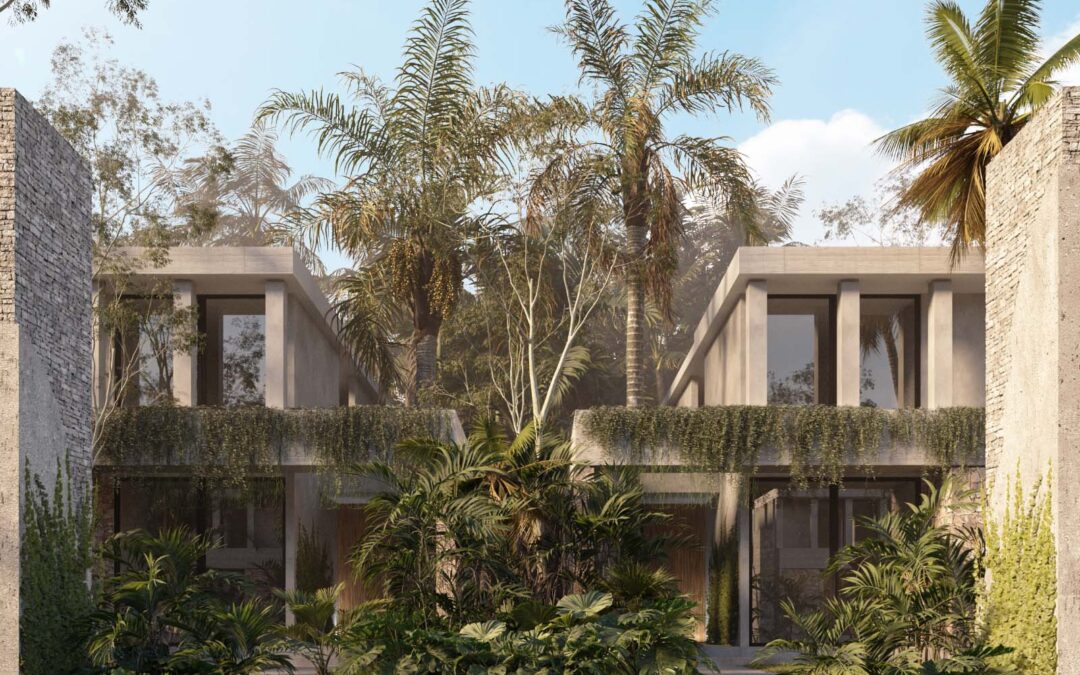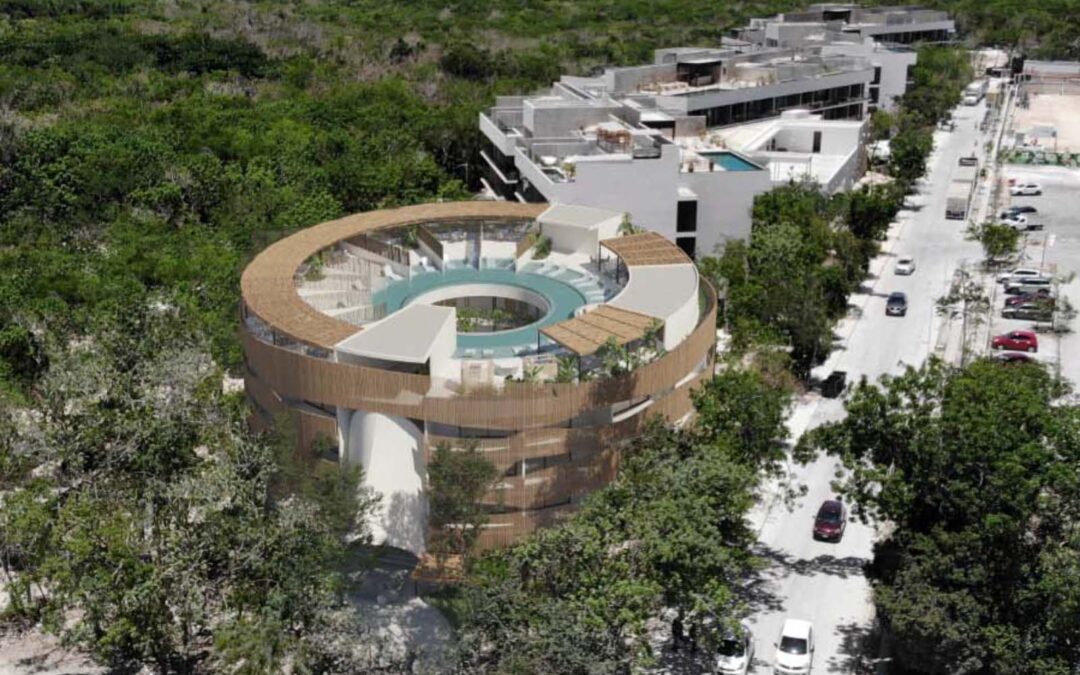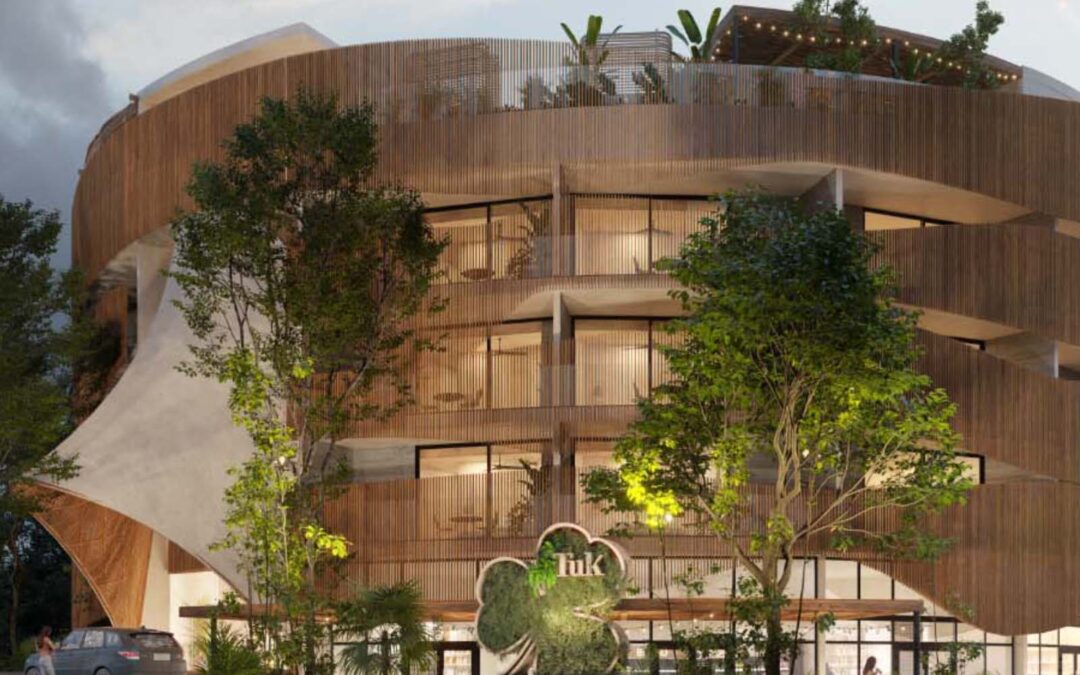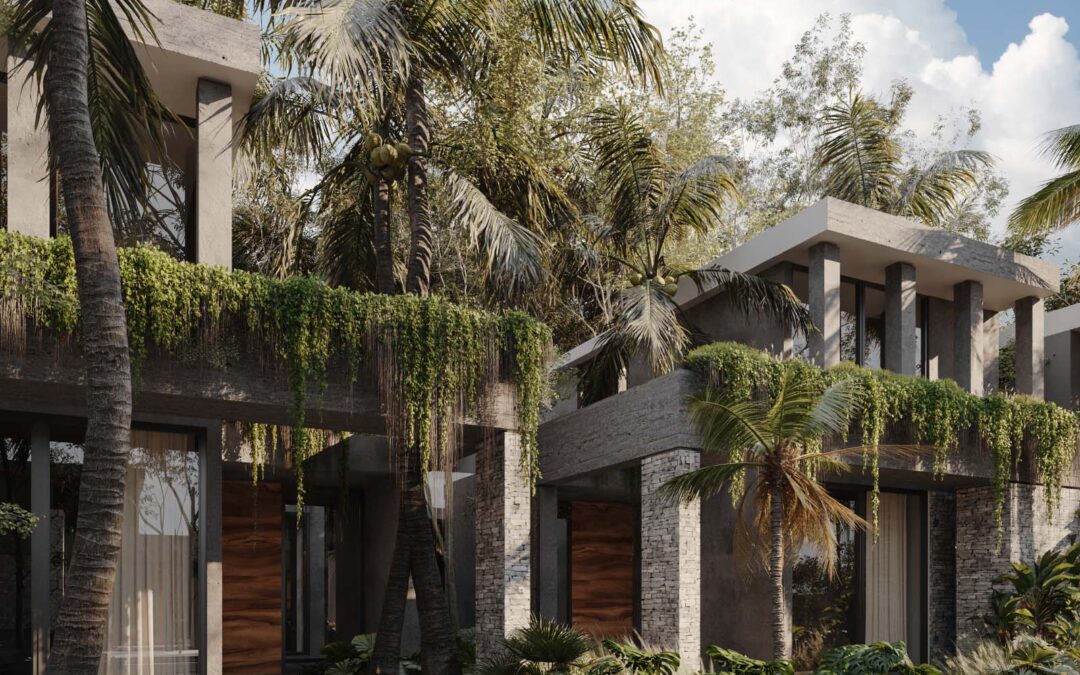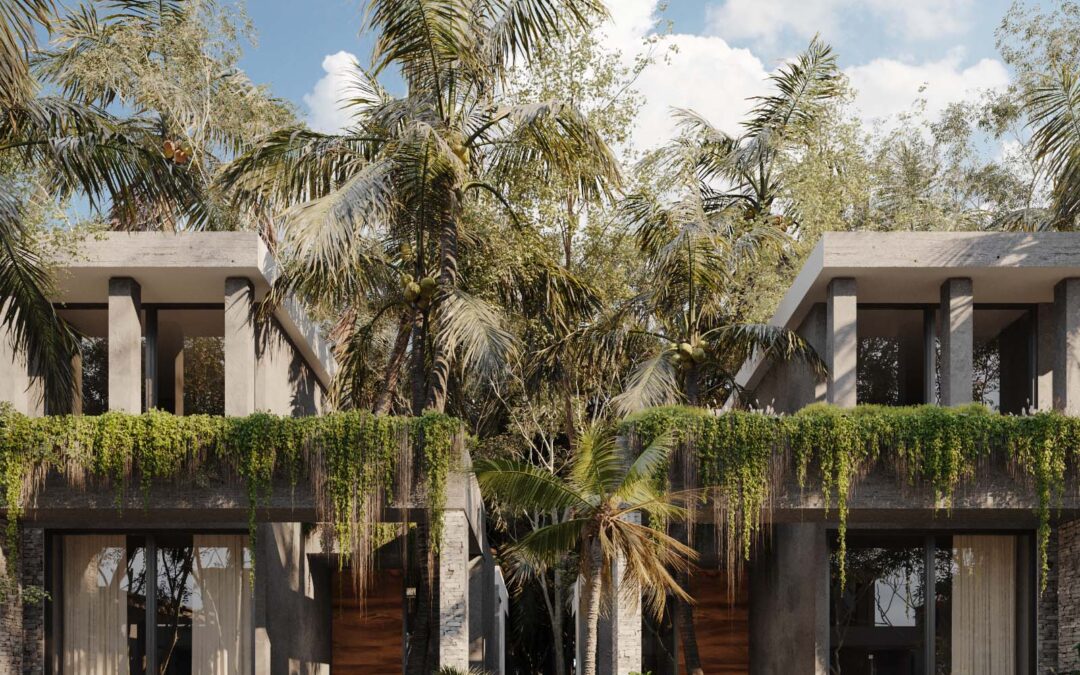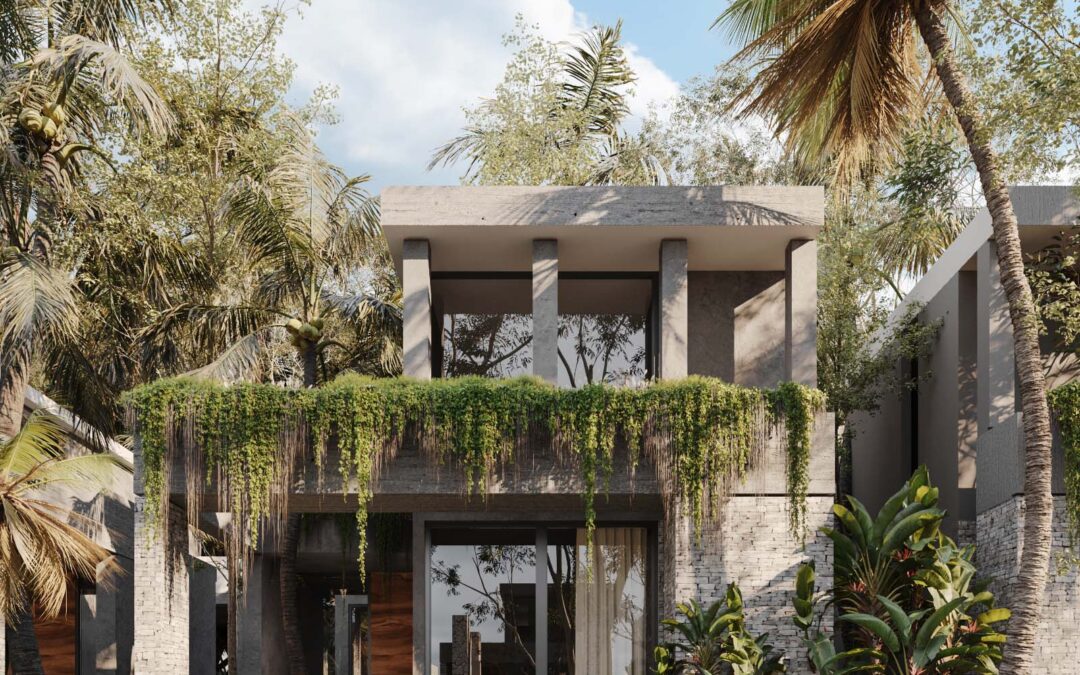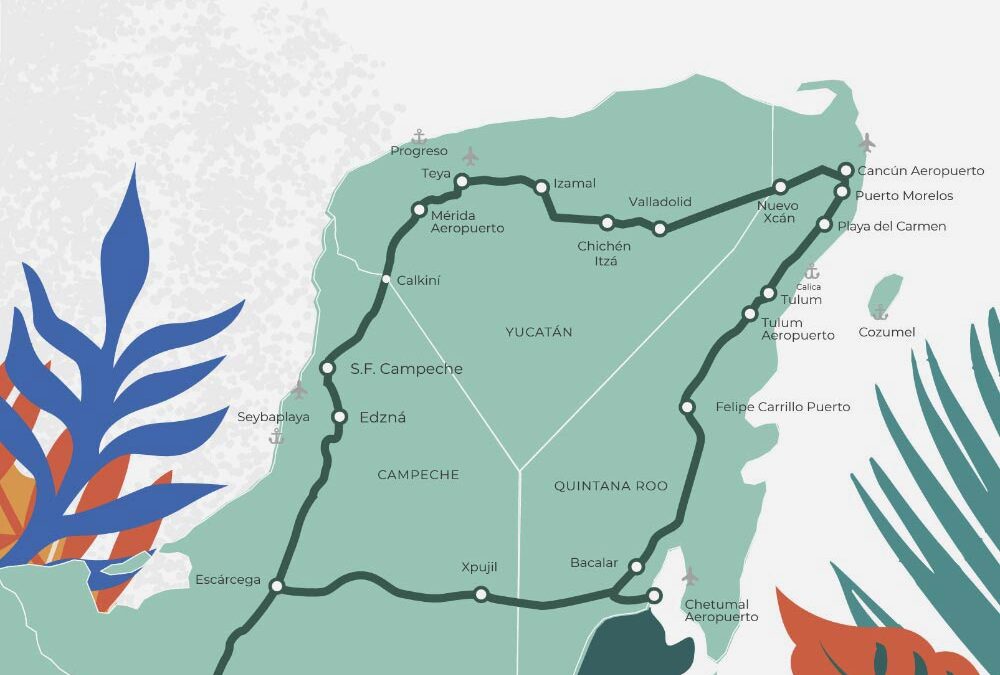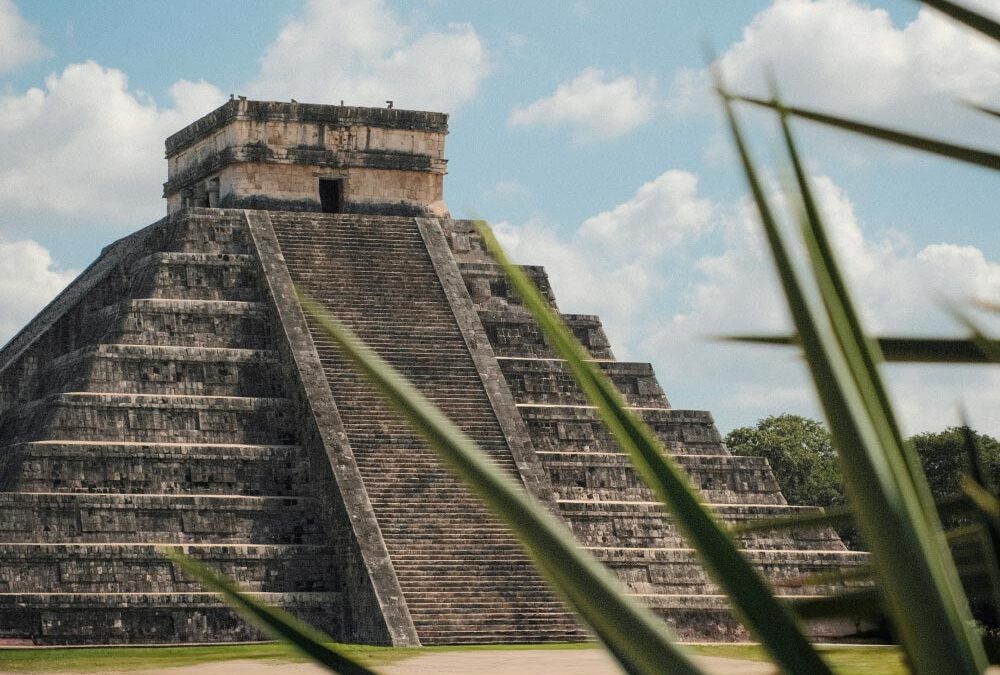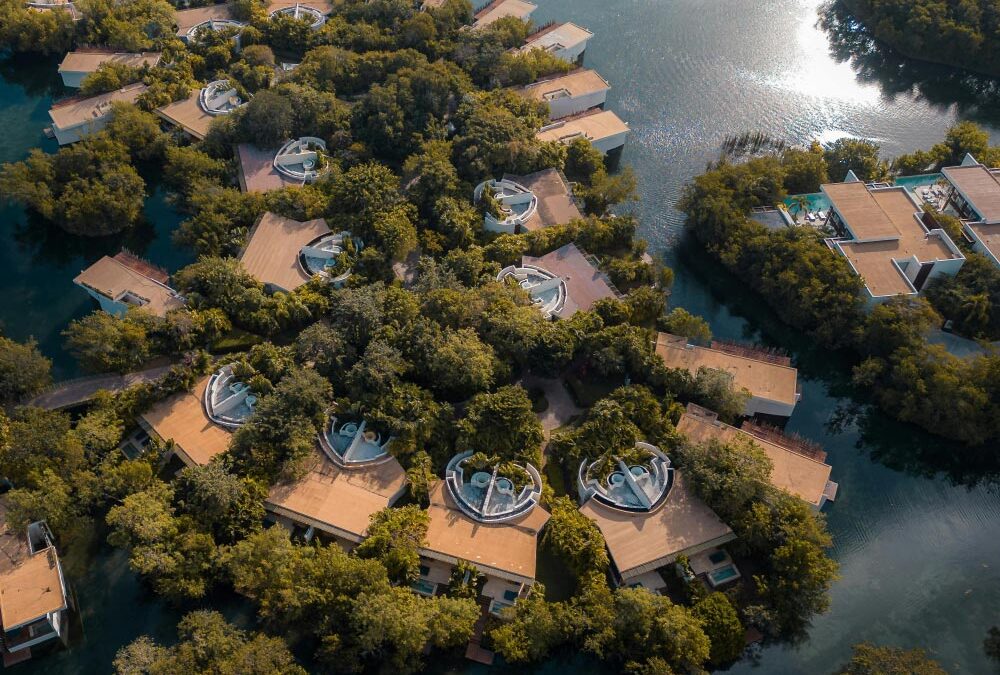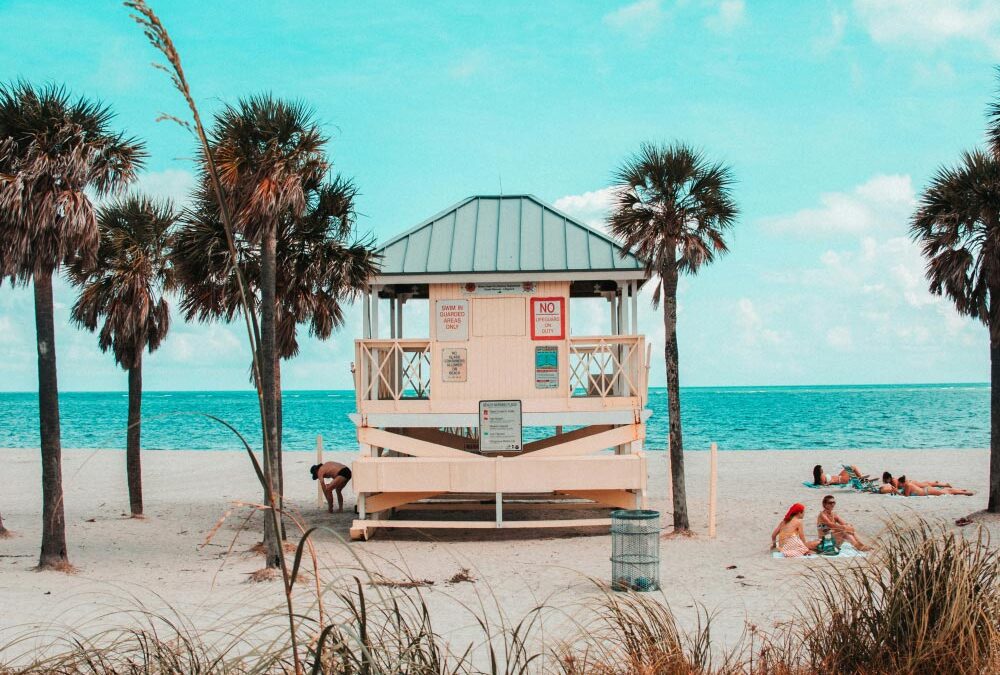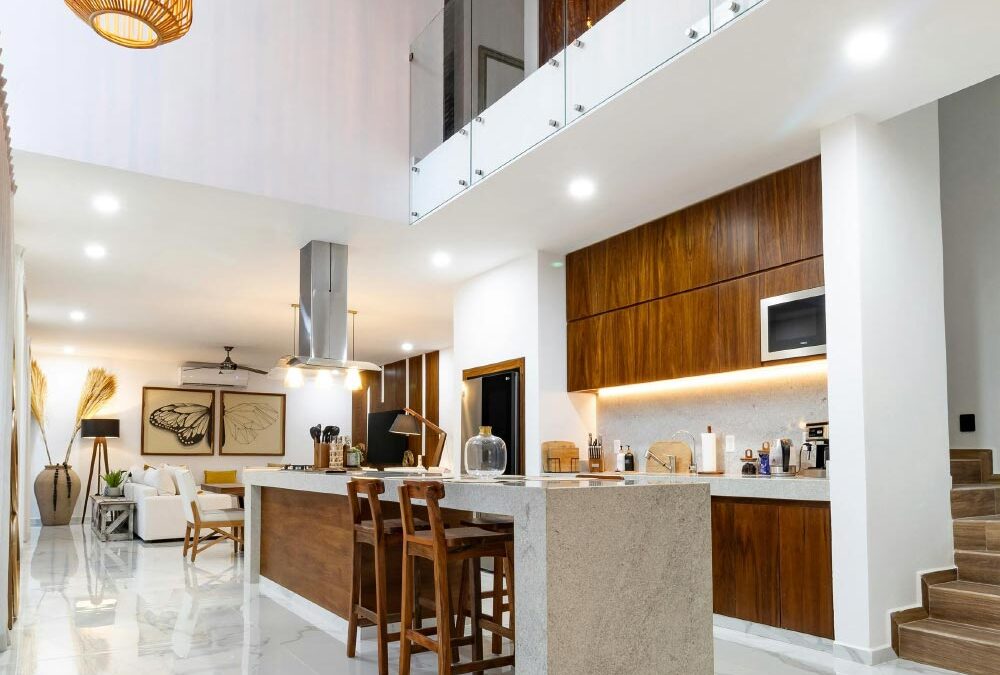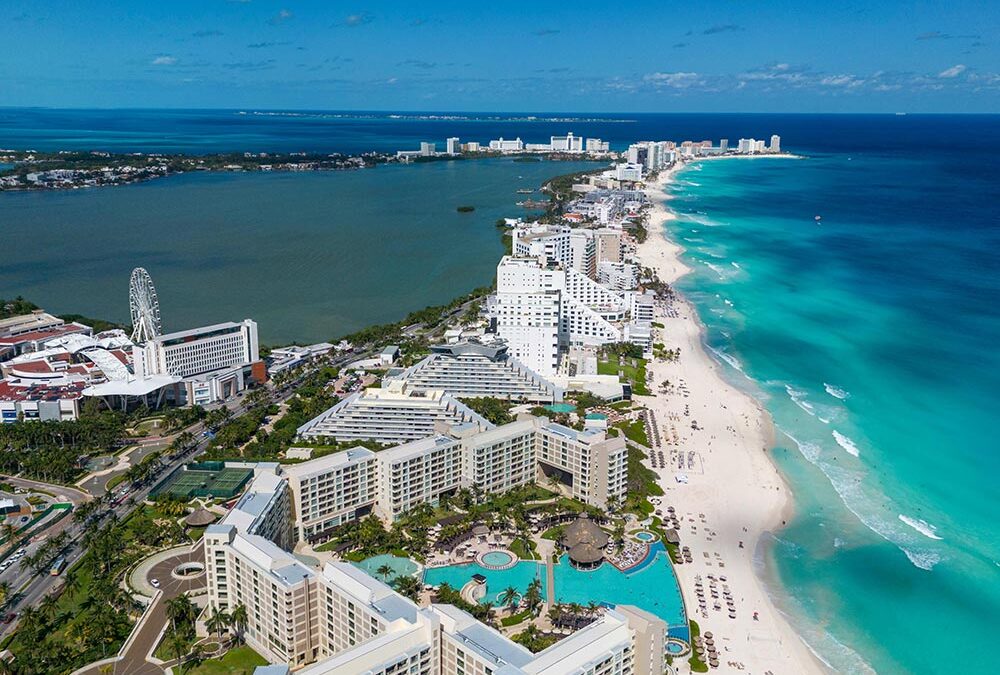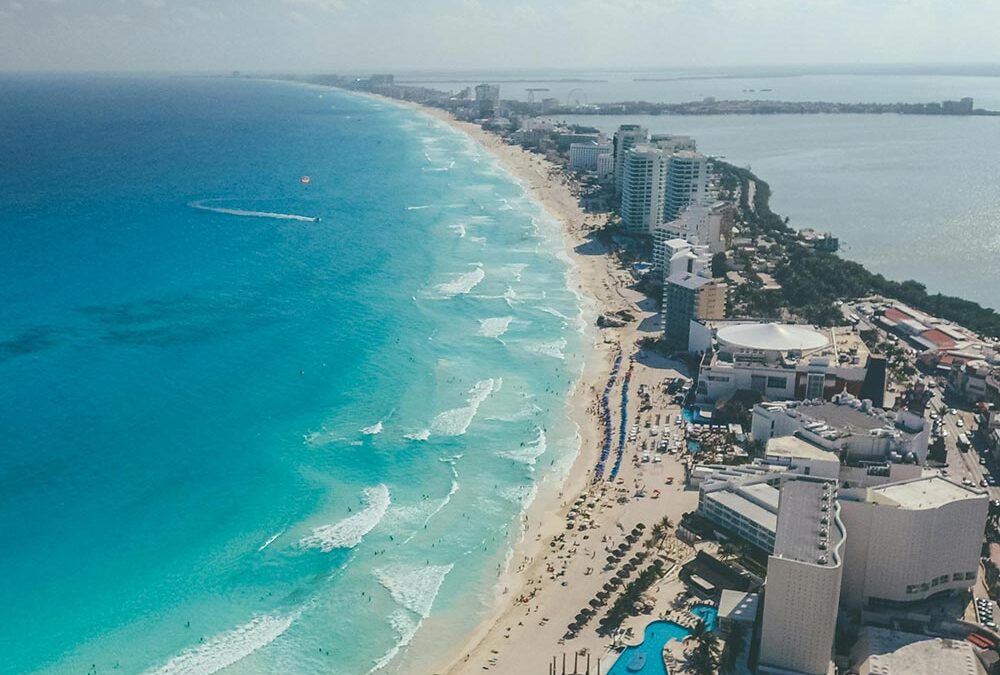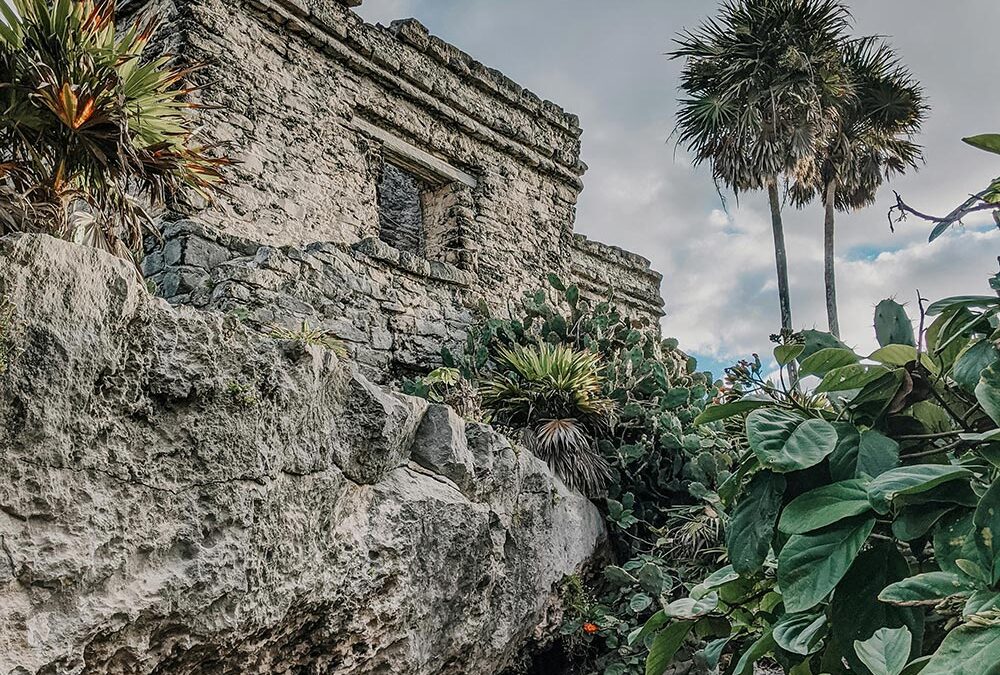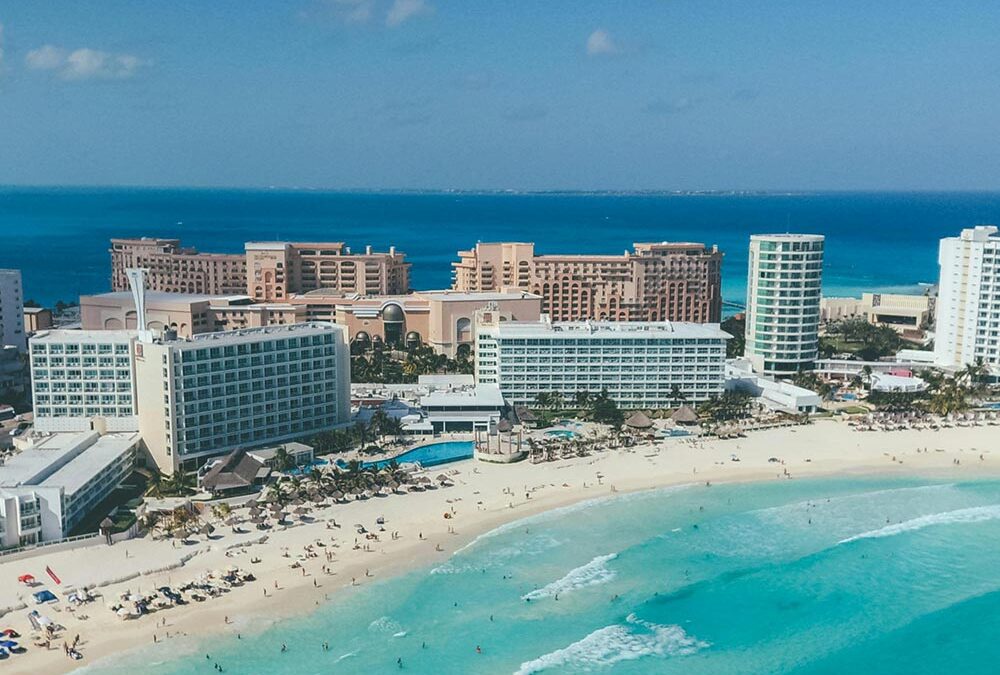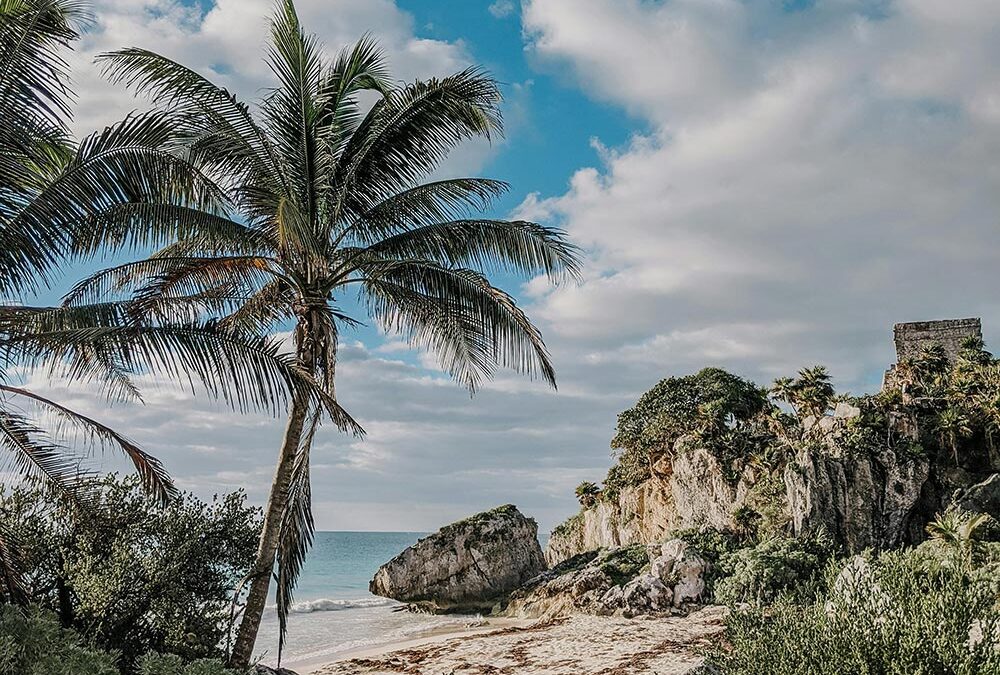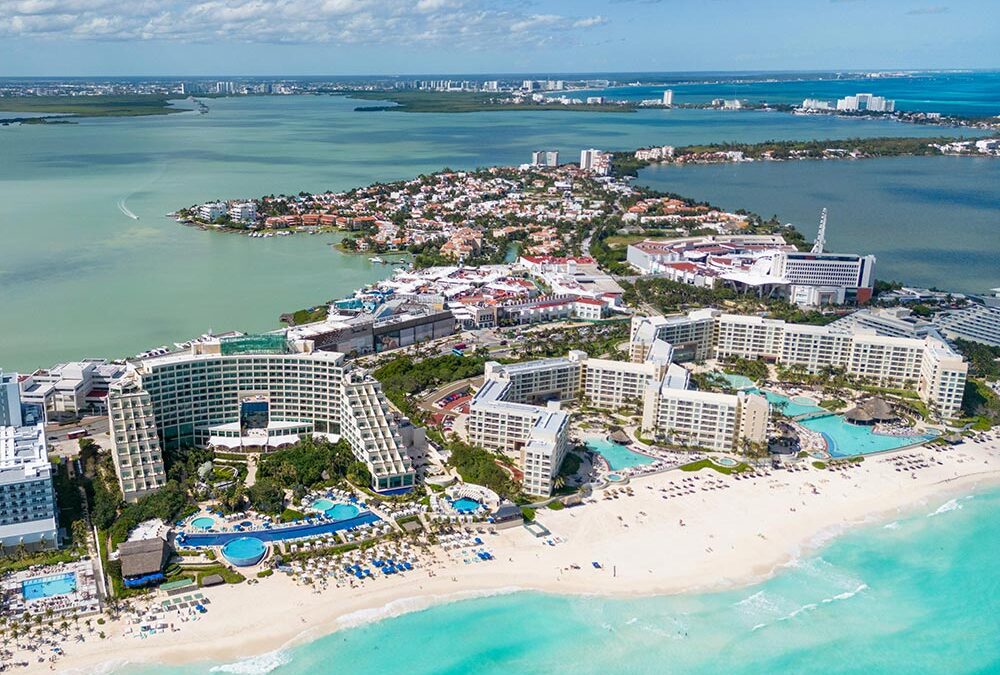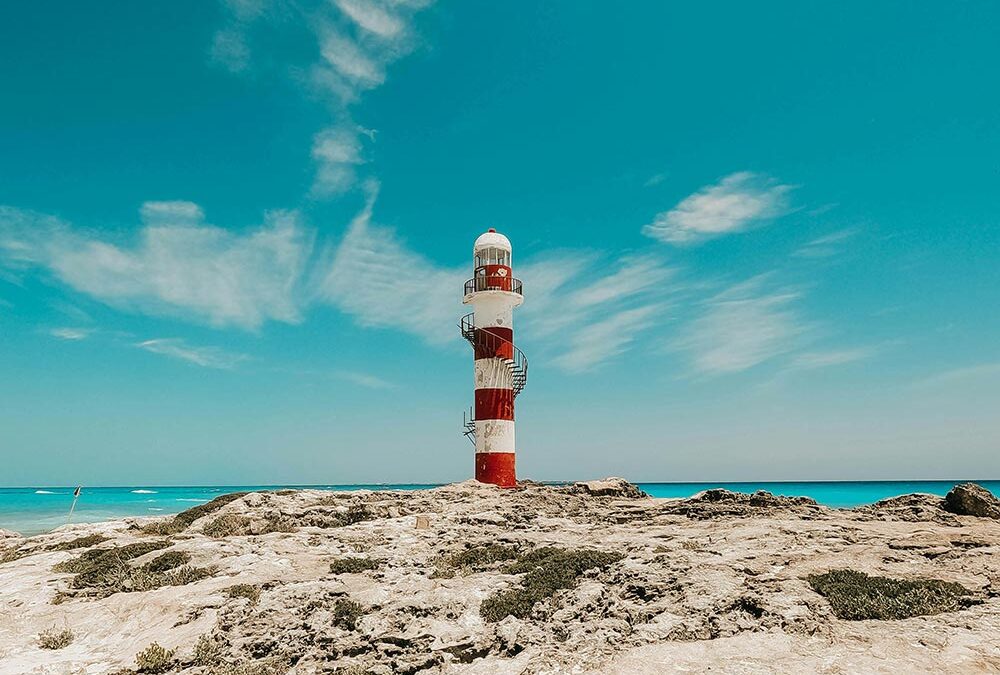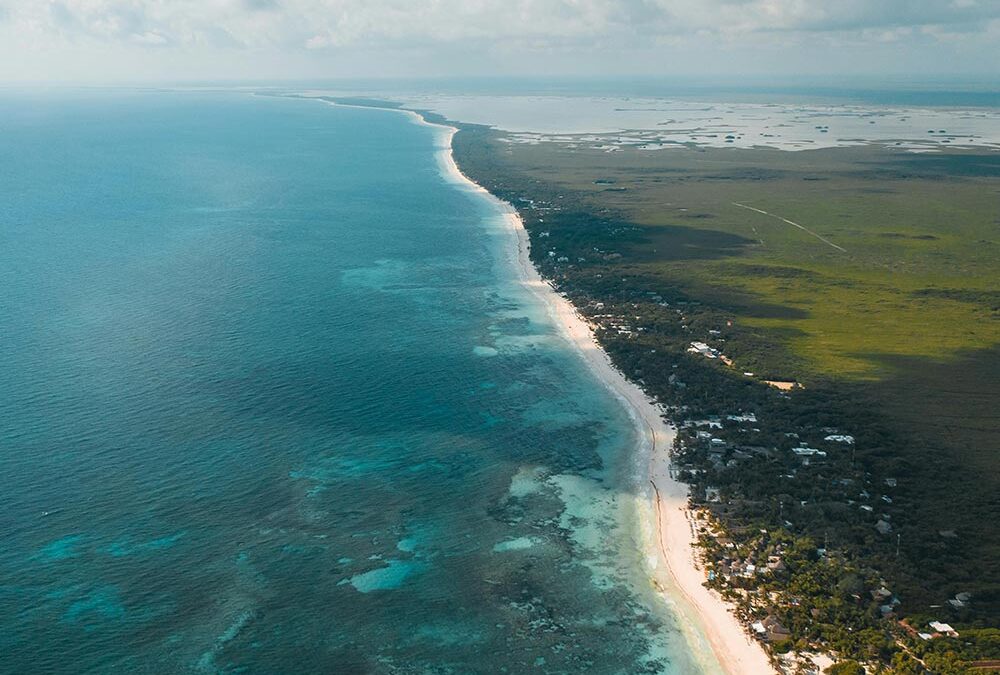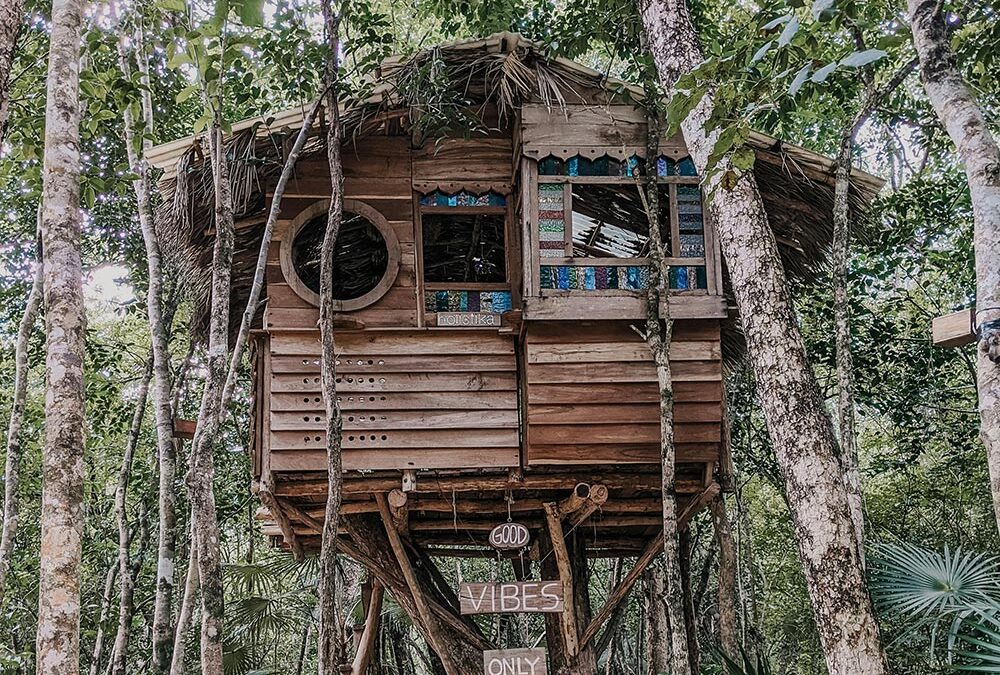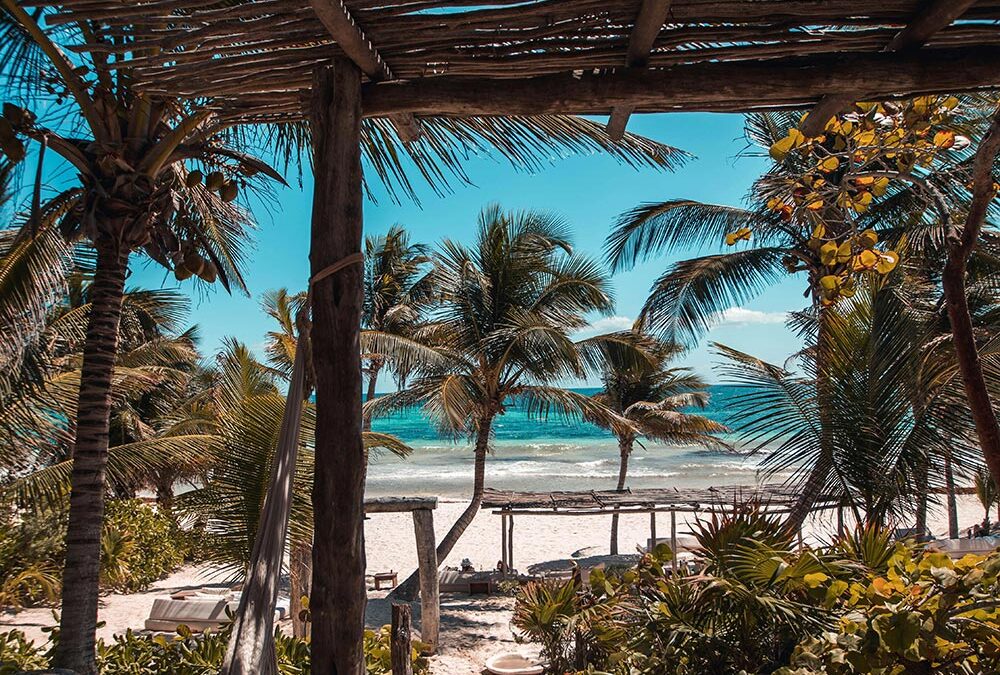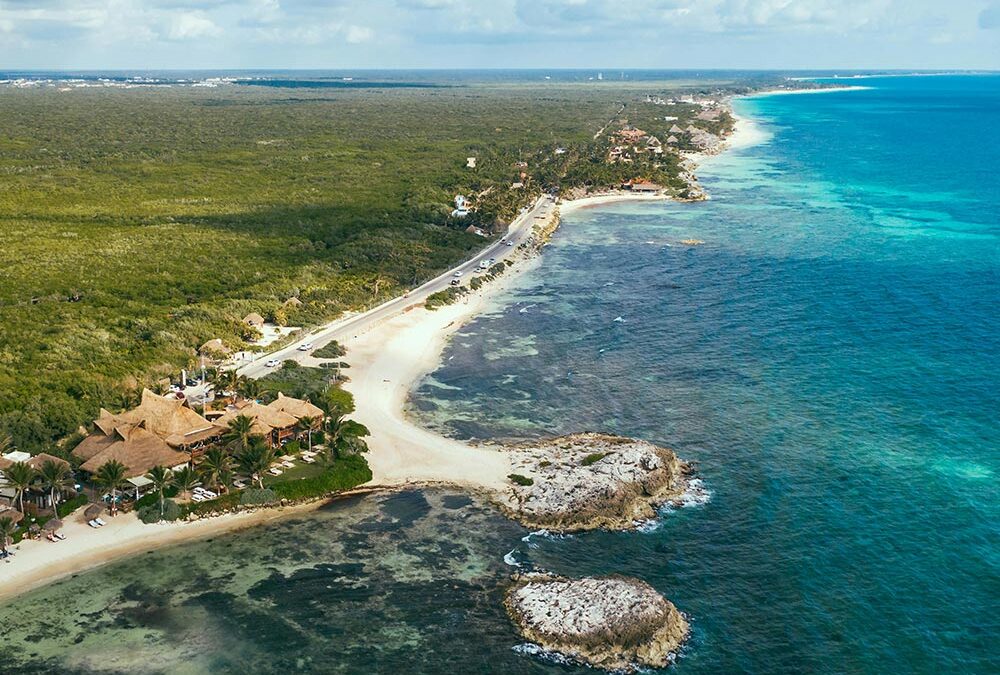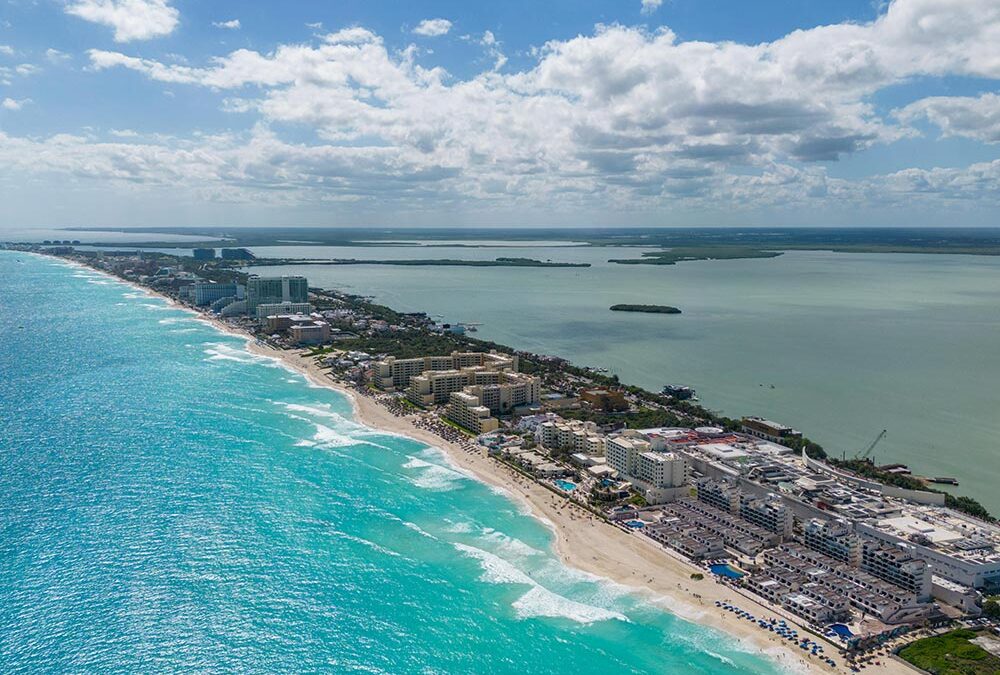Tulum, a picturesque town on the Caribbean coast of Mexico’s Yucatán Peninsula, has transformed from a laid-back beach destination into a thriving hub for international property investors. As luxurious resorts, eco-friendly developments, and high-end condominiums spring up around its white-sand beaches and historic Mayan ruins, Tulum’s real estate market has entered a rapid growth phase. Among the most enticing opportunities in this evolving landscape are Tulum pre-sales—property investments purchased during a project’s development stage, often at prices substantially below market value.
While the global stock market remains a popular choice for long-term investors, its volatility and unpredictable swings can weigh heavily on risk-averse portfolios. In contrast, Tulum pre-sales are steadily gaining traction for offering robust returns, rental income potential, and greater predictability. Investors flock to Tulum for its blend of natural beauty and cultural richness, bolstered by government-led infrastructure projects and surging international tourism. These attributes contribute to Tulum’s strong long-term growth prospects, making it an increasingly compelling alternative to traditional asset classes like stocks.
This article explores the factors driving Tulum real estate’s outperforming returns over standard equity markets. We will delve into key fundamentals such as rental demand, infrastructure development, project timelines, and appreciation rates to illustrate why Tulum pre-sales often outpace the highs and lows of stock indices. The guide also provides vital tips on navigating financing, mitigating risks, and performing diligent market research. Finally, a real-world case study highlights the practical outcomes of investing in pre-construction properties in Tulum, offering insights into the strategies that can help investors capitalize on this dynamic market.
Whether you are a seasoned investor seeking to diversify or someone looking for a stable, long-term asset, Tulum pre-sales present an exciting proposition. By understanding both the economic forces fueling Tulum’s rise and the mechanisms of pre-construction deals, investors can benefit from significant upside potential while avoiding the unpredictable nature of the stock market. With the right approach and a grasp of local market nuances, Tulum real estate can serve as a lucrative cornerstone in any investment portfolio.
Index of Content
- Tulum Real Estate Fundamentals
- How Tulum Pre-Sales Compare to Stock Market Investments
- Financing Options and Expected ROI
- Risk Management in Tulum Pre-Sales
- Future Market Outlook: Infrastructure and Tourism
- Conclusion
- Case Study
- FAQs
Tulum Real Estate Fundamentals
Tourism-Driven Demand and Rental Potential
Tulum’s evolution from a quiet, budget-friendly beach town to a global tourist hotspot is a significant catalyst in its real estate boom. According to government statistics, tourism rates in the Riviera Maya region—including Tulum—have seen annual growth of up to 11% over the last five years. This influx of visitors continually fuels demand for rental accommodations, especially high-quality condos and villas that offer the privacy, modern amenities, and aesthetic appeal sought by international travelers. Airbnb occupancy rates in well-located Tulum properties can reach 75% or higher year-round, with peak seasons pushing even higher occupancy and daily rental rates.
One of Tulum’s prime advantages is its focus on sustainable, eco-friendly developments. New projects often emphasize solar energy, rainwater harvesting, and natural building materials to preserve the region’s lush environment. These properties appeal to a growing niche of eco-conscious travelers willing to pay a premium for sustainable lodging, translating to higher short-term rental income. Long-term rentals also benefit from Tulum’s burgeoning expat community. Many remote workers and retirees choose Tulum for its laid-back lifestyle, consistent warm climate, and cultural vibrancy, providing stable, year-round demand.
- Partner with local property managers who understand Tulum’s unique rental cycles and can optimize occupancy year-round.
Property Appreciation and Market Growth
Tulum’s property values have experienced consistently robust appreciation, often outperforming larger Mexican coastal markets like Cancún and Playa del Carmen. The growth rate for well-located properties in Tulum has ranged between 8% to 15% annually in the past few years, surpassing many global real estate averages. This upward trend reflects Tulum’s exclusivity, strong brand as a luxury eco-destination, and limited land availability near pristine beachfront areas.
Moreover, the pre-sale model allows investors to enter the market at prices below a project’s eventual retail value upon completion. A condominium pre-sold at $200,000 may end up appraising for $240,000 to $260,000 by the time it’s move-in ready—a notable 20% to 30% gain even before factoring in rental returns. This dual stream of potential capital appreciation and rental income forms the cornerstone of Tulum’s attractiveness for long-term investors, especially when contrasted with the volatile ups and downs of stock indices.
How Tulum Pre-Sales Compare to Stock Market Investments
Volatility vs. Steady Growth
The stock market’s inherent volatility poses a persistent challenge for those aiming to preserve and steadily grow capital. While equities can generate strong returns over the long run—historically around 7% to 10% annually for broad indices—investors frequently grapple with short-term fluctuations. Market corrections, economic downturns, and sudden investor sentiment shifts can dramatically reduce a stock portfolio’s value in a matter of weeks. This rollercoaster effect can be emotionally taxing, triggering premature sell-offs and missed opportunities for recovery.
In contrast, Tulum pre-sales offer a more stable path to wealth accumulation. Real estate, by nature, tends to move in slower, more predictable cycles. The local market fundamentals—such as tourism inflows, limited developable land, and a strong rental economy—further insulate Tulum’s property sector from global economic shocks. While no investment is entirely risk-free, real estate typically experiences fewer abrupt crashes compared to equities. Investors who remain patient throughout the construction period and early property stages often find themselves with an asset that appreciates steadily and can produce monthly cash flow through rentals.
- Monitor global economic trends, but remember that Tulum’s local drivers—tourism, infrastructure, limited supply—are pivotal to its resilience.
Dividend Yields vs. Rental Income
Stocks that pay dividends can provide an ongoing income stream, but these payments can be irregular and largely depend on the company’s profitability and management decisions. Dividend yields often average 2% to 4% for stable blue-chip stocks, with potential for higher returns if the company’s stock price also appreciates. However, dividend suspensions or cuts are not uncommon during economic downturns, which can quickly reduce or eliminate passive income.
In Tulum, well-marketed short-term rentals (Airbnb, Vrbo) or long-term lease agreements can offer net rental yields ranging from 5% to 10%, depending on location, property features, and management effectiveness. This steady rental income can help cover monthly carrying costs such as mortgage payments, HOA fees, and property taxes, while also providing surplus cash flow. The greater control over pricing, occupancy strategies, and property improvements further distinguishes rental income from more unpredictable dividend streams.
Financing Options and Expected ROI
Leveraging Developer Financing and Mortgage Alternatives
Many Tulum developers provide financing incentives to pre-sale buyers, including extended payment plans and lower down payments—sometimes as low as 30% to 40% spread out over the construction phase. These flexible arrangements can reduce upfront capital requirements and reduce reliance on traditional mortgage products, which may be more challenging to secure for foreign buyers in Mexico. Although interest rates on developer financing can be higher than local bank loans, the convenience of streamlined paperwork and potentially faster approval times can be worthwhile for investors with limited capital.
For those who qualify, local Mexican banks and international lending institutions may offer mortgage products for non-residents. Interest rates can vary between 5% and 9%, depending on the loan terms and the investor’s credit profile. With the combined benefit of pre-sale discounts and relatively modest leverage, a Tulum property’s ROI can often exceed 15% to 20% annually, especially when factoring in rental income and anticipated appreciation upon project completion.
- Explore both developer financing and cross-border mortgage options to find a balance between lower interest rates and convenient approval processes.
Long-Term Return Estimates and Exit Strategies
When evaluating an investment’s potential, factoring in both appreciation and rental yield is crucial. For Tulum pre-sales, investors commonly project initial returns in the 20% to 30% range just after the property is delivered, as the asset’s market value aligns with comparable properties. Over a 5-to-10-year horizon, cumulative ROI can climb substantially, especially if regional tourism and infrastructure projects continue boosting property demand.
In terms of exit strategies, investors have several options. Long-term holding to maximize rental income remains popular, especially for those who want to keep a vacation property that pays for itself. Alternatively, selling the property upon completion or after a few peak rental seasons can lock in capital gains, freeing up funds for reinvestment. Some investors even choose a hybrid approach—renting out the unit for several years to generate consistent cash flow and selling once the property appreciates further or the development area matures.
Risk Management in Tulum Pre-Sales
Legal Protections and Developer Reputation
Although Tulum’s real estate market has strong fundamentals, pre-sale buyers should remain aware of potential risks. Chief among them is the possibility of project delays or, in rare cases, developer insolvency. One way to mitigate this risk is by choosing a reputable developer with a proven track record in delivering successful projects on time. Conducting thorough background checks—evaluating past projects, seeking client references, and verifying financial stability—can help investors avoid stalled or canceled developments.
Additionally, foreigners should familiarize themselves with Mexico’s legal framework for property purchases, particularly the use of a bank trust known as a “fideicomiso” for properties within the restricted zone near coastlines. Working with qualified legal counsel ensures clear title transfer, secure documentation, and compliance with local regulations. Such steps significantly reduce the likelihood of post-purchase disputes or hidden liens that could impede future resale or rental potential.
- Hire a bilingual lawyer experienced in Riviera Maya transactions to navigate contracts and confirm land title clarity.
Market Cycles and External Factors
Like any real estate market, Tulum is not entirely immune to external forces. Global recessions or shifts in travel preferences could curb tourism flow, reducing short-term rental demand. However, Tulum’s combination of lifestyle appeal, international brand recognition, and limited supply in prime areas helps insulate it from broader downturns. During the 2020 global travel restrictions, Tulum still attracted visitors who were seeking safe, outdoor-focused getaways, underscoring the town’s inherent resilience.
Investors can further protect themselves by diversifying within Tulum itself—selecting properties in different neighborhoods or focusing on distinct property types, such as villas and condos. Some individuals also choose to maintain a balanced portfolio that includes other global real estate holdings or stable assets like bonds to hedge against market-specific risks. While Tulum’s growth prospects are strong, no single market is entirely risk-free, making a multi-faceted approach essential for long-term security.
Future Market Outlook: Infrastructure and Tourism
Government Projects and Development Initiatives
One of the pivotal factors in Tulum’s sustained growth trajectory is the series of government-driven infrastructure projects aimed at enhancing the region’s connectivity and supporting its tourism sector. Notable among these is the planned expansion of the Tulum International Airport and the development of the Maya Train, a high-speed rail project that will link major tourist destinations across the Yucatán Peninsula. These initiatives, once completed, are expected to boost arrivals and facilitate easier travel—further cementing Tulum as a global attraction.
Additionally, municipal authorities are increasing efforts to improve local roads, water supply, and waste management systems. Sustainable and eco-friendly infrastructure remains a priority to preserve Tulum’s unique environment. For investors, these projects translate into better accessibility, enhanced property values, and an influx of higher-spending visitors. The alignment between public and private sector interests bodes well for Tulum’s real estate market, reinforcing its potential as a reliable, long-term investment destination.
- Stay updated on major local infrastructure projects and adjust your purchase timing to coincide with key development milestones.
Conclusion
Tulum pre-sales stand out as a compelling avenue for long-term investors seeking an alternative to the volatility of the stock market. Powered by a flourishing tourism sector, sustainable development practices, and strategic infrastructure upgrades, the Tulum real estate market exhibits both strong rental yield potential and substantial room for capital appreciation. The comparative stability of real estate, especially in a tourism-driven locale like Tulum, offers a welcome respite from the dramatic swings often encountered in equity markets.
From a practical standpoint, investors can capitalize on pre-construction discounts and developer incentives to reduce upfront costs and maximize returns. Moreover, a well-chosen Tulum property can generate rental income that rivals or exceeds dividend yields, especially in peak travel seasons. Even amid global economic uncertainties, Tulum’s unique positioning as an eco-luxury destination helps uphold demand, promising a measure of resilience not commonly found in stock investments. By partnering with reputable developers, obtaining solid legal representation, and performing diligent market research, investors can significantly mitigate risks and optimize returns.
In essence, Tulum’s surging popularity, limited land supply, and ongoing infrastructure development converge to create a robust market environment. When viewed through a long-term lens, the combination of steady growth, potentially lucrative rental yields, and relative insulation from dramatic market swings can outperform the conventional trajectory of stock investments. While no investment is without risks, Tulum’s evolution into a global tourism powerhouse may offer the sort of stability and upside potential that appeals to investors looking to secure their financial future.
Case Study: From Stock Market Volatility to Tulum Pre-Sale Success
Consider the experience of Carlos, a U.S.-based investor who grew weary of the turbulent stock market swings during economic downturns. After witnessing a sharp decline in his equities portfolio, Carlos decided to diversify into international real estate. He focused on pre-sale condos in Tulum, where a local developer was offering 40% financing across the construction period.
Carlos selected a two-bedroom condo in an eco-friendly development near the beach. Priced at $220,000 during the pre-construction phase, the property was appraised at $270,000 upon completion, representing a 22% increase in value. Additionally, Carlos used a professional property management service to rent it out for short stays, netting an average 8% annual return from rental income. Over three years, Carlos’s combined capital gains and rental income delivered a roughly 17% annualized return, surpassing the overall performance of his stock portfolio during the same period.
This case illustrates how strategic market timing, developer financing, and a well-located property can propel Tulum pre-sales above the volatility of stocks. While not without risks—such as project delays or changes in travel trends—Carlos’s experience underscores the potential advantages of focusing on a high-demand tourism destination where market fundamentals are aligned with long-term value growth.
FAQs
1. Is it safe to buy pre-sale properties in Tulum as a foreigner?
Yes, provided you conduct thorough due diligence. Work with a trusted real estate agent, reputable developer, and legal counsel who understand Mexico’s property laws, ensuring your investment is well-protected.
2. How do I secure financing for a Tulum pre-sale?
Some developers offer in-house financing, while local Mexican banks or international lenders may provide mortgages to foreign buyers. Compare interest rates, terms, and down payment requirements to find the best option.
3. Do Tulum pre-sales really outperform the stock market?
Past performance indicates many Tulum pre-sales can deliver higher returns compared to average stock indices, thanks to strong appreciation and rental demand. However, results vary based on location, developer quality, and market conditions.
4. What are typical rental yields in Tulum?
Short-term rentals in prime areas can yield 5% to 10% annually, depending on occupancy, seasonal demand, and property management efficiency. Eco-focused properties often fetch premium rates among environmentally conscious travelers.
5. Are there risks associated with Tulum pre-sales?
Like any real estate investment, risks include potential project delays, developer insolvency, and changes in tourism patterns. Thorough market research, vetting reputable developers, and legal safeguards can mitigate these issues.
